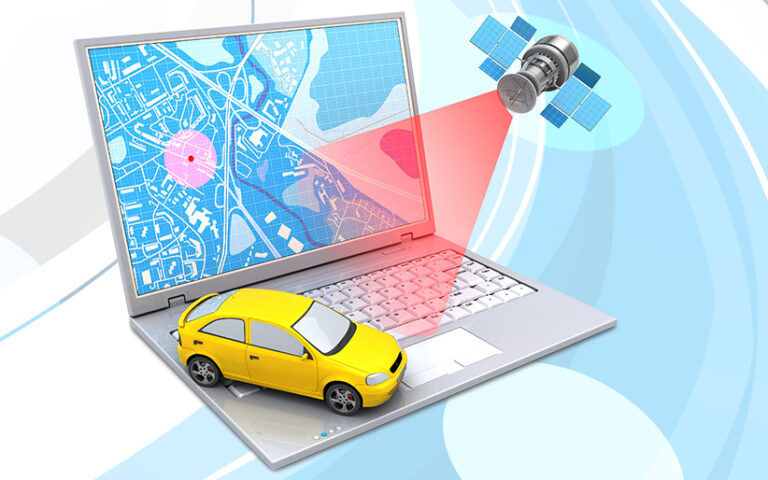– By Caroline Falls –
Mark Bucknall, associate vice president for Geotab, fleet management software and telematics provider, gave a talk at the AfMA fleet conference about how to run a successful RFP — or Request For Proposal — for telematics.
An RFP is a document that invites suppliers to submit business proposals for the valuable asset or service you require. Often it can go through a couple of iterations as the business procuring works with potential suppliers to ensure the details and terms of the RFP are best possible.
“One of my personal beliefs with with RFPs is that very much, it’s a potentially a partnership. There’s a lot to get wrong on both sides,” said Bucknall, adding, the more the client understands the better the chance of success.
So what to include in your RFP? Bucknall said the areas that need to be considered can be broken down into six main areas: safety, fleet optimisation, compliance, expandability, productivity and sustainability.
On safety, he talked about how telematics can shore up accountability and responsibility by identifying drivers and tying them to a vehicle or task. This is helpful when there are speeding fines or handling complaints where somebody saw the livery of a vehicle and rings up to make an issue about something. Many telematics systems on the market have options for monitoring speeding, harsh acceleration, braking, cornering and even reverse parking. Reports can be built that show certain drivers to be regularly using harsh braking, and then that can be used to start a training process.
Pre and post trip inspection checks can also be built into a telematics system, so that any vehicle damage is identified and an alert system warns if the vehicle is unsafe to drive.
Turning to the area of fleet optimisation Bucknall said it’s important to consider the frequency and type of data and how it is collected — via three wire setup or the more accurate OBD ports for example. Will drivers be working in remote areas, where data will need to be collected and downloaded later?
“A lot of engine management data can be very useful to some organisations; equally to others, it can often be overkill. So it’s important to try to look at which source system is going to work for you, or how you’re going to consume the data and perhaps what the future might look like.
“If the future for you is to look for predictive maintenance, and perhaps machine learning, in order to try to to spot problems before they occur, then more data is going to be good.”
Other points to include for fleet optimisation include the ability to benchmark true odometer readings and potentially the ability to bring information into other systems within your organisation, the ability to gamify the way that your fleet of vehicles work, and management of idling cost, fuel usage and fraud, and vehicle maintenance reporting.
“The whole point of telematics is to help you manage. So if you can find some way of using telematics in a meaningful way so the information means more to your business, that can only be a good thing,” Bucknall said.
He recommended telematics buyers talk to suppliers that have the ability to work with different systems and who are prepared to help you with your unique challenges.
— Caroline Falls has been contributing to Fleet Auto News for more than five years. She is a freelance writer. She can be contacted at carolinefalls@gmail.com






